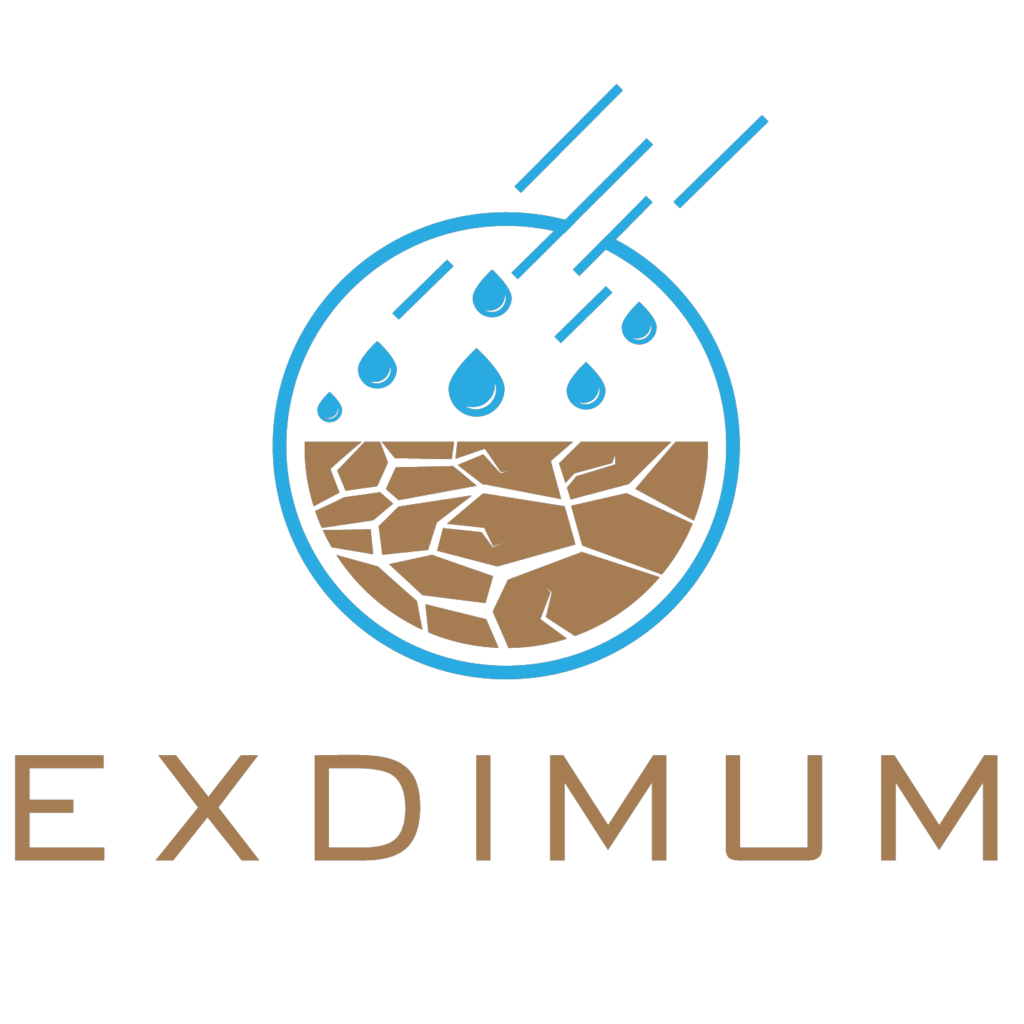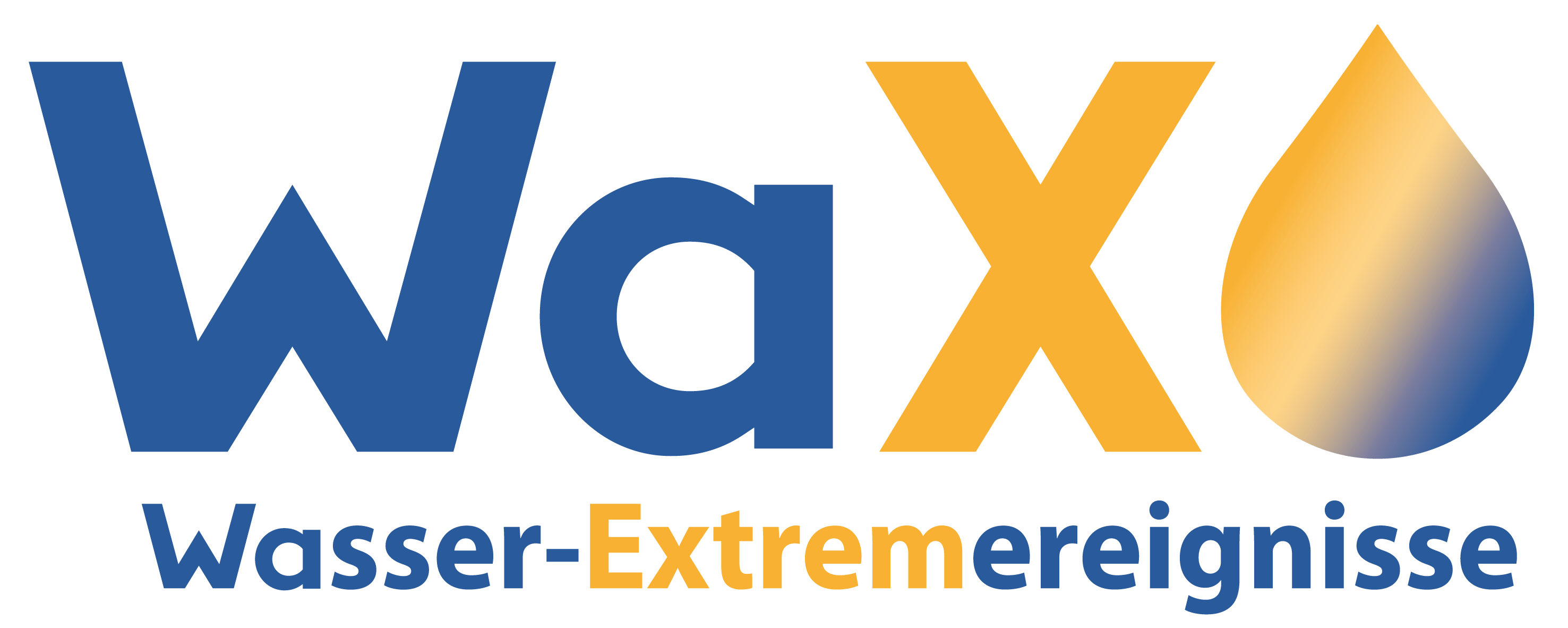EXDIMUM – Extreme weather management with digital multiscale methods
Brief describtion
The core objective of project EXDIMUM is to consider extreme water management within the spectrum of complex challenges. This is based on the observation that global climate changes are not only accompanied by a change in the average values of precipitation amounts, but also by an intensification of extremes of particular drought and local heavy rainfall events. This development leads to challenges that occur simultaneously at different scales: little vs. much water, supra-regional vs. local space, long vs. short time periods, mountain slopes vs. lowlands, different land use with forest, mining, agriculture and urban.
Objectives
The research approach is based on the holistic combination of data collection and modeling at multiple scales and derived measures. In particular, this includes the use of satellite imagery with high temporal and spatial resolution, the incorporation of digital terrain models, and the targeted reliable collection of terrestrial sensor data. The interaction of these multimodal data sources for the assessment of conditions and the analysis of scenarios serves as a basis for short- and long-term forecasts and should allow the derivation of promising recommendations for action to deal with weather extremes.
Work packages (WP)
In this work package, relevant use cases and the data required are identified. In addition, the system architecture of the overall system will be designed.
In this work package, a data acquisition system for terrestrial data – which can run reliably even in extreme weather – will be developed and deployed at relevant sites in the pilot region.
The essential task of this work package is the development of data processing mechanisms for the analysis of satellite images using artificial intelligence. This includes the recognition of vegetation, vegetation state, soil moisture and land use, as well as other parameters recognizable from satellite images as identified in WP1.
The primary goal of this work package is to make DTM data suitable for use in the multiscale model and to enable rapid yet accurate representation and interpretation by simplifying complex geometries.
In addition to the technical integration of the data sources, this work package also includes the development of scalable and efficient internal data representations in order to be able to access all available information in a targeted manner and with low latency.
The aim of the work package is to derive data-driven innovative mechanisms, for example based on signal processing and data fusion methods from the field of artificial intelligence. In combination with known correlations, an in-depth understanding of the impact of extreme water events on a given region will be gained, as well as recommendations for action for response and prevention.
In this work package, suitable user interfaces will be designed and implemented in order to make it possible for professional users to use the entire system without requiring any special expertise.
The continuous comparison of the research and development aspects with the practical requirements ensures the goal orientation of the project. For this purpose, the potentials of the multi-scale approach are primarily investigated in the pilot region around Goslar, where the partner EW already has a comprehensive understanding of the local conditions.
In addition to organizing regular consortium meetings, the presentation of project results is also coordinated, both within and outside the consortium.

Coordinator:
Prof. Dr. Sándor Fekete
TU Braunschweig
Project period:
01.02.2022 – 31.01.2025

